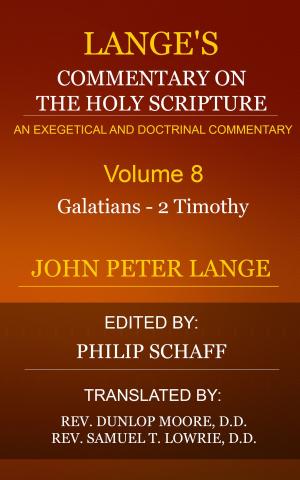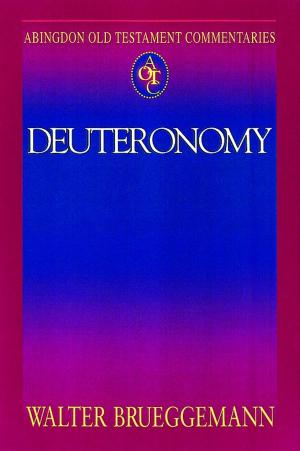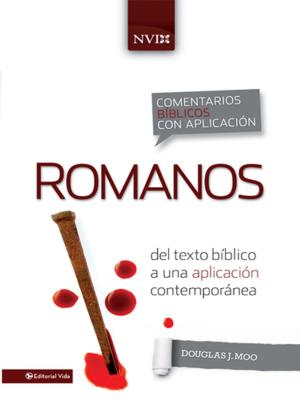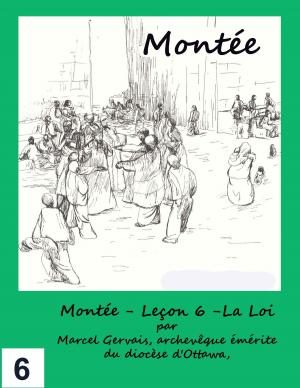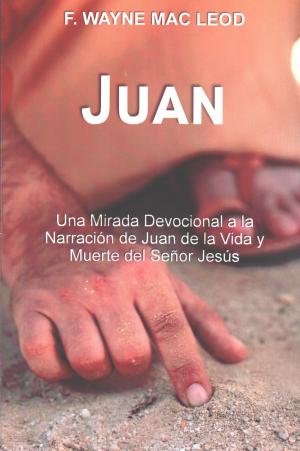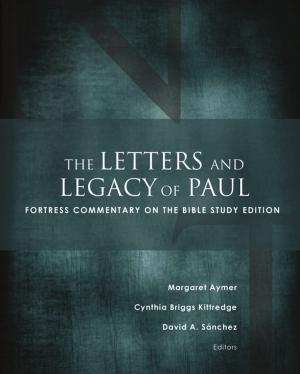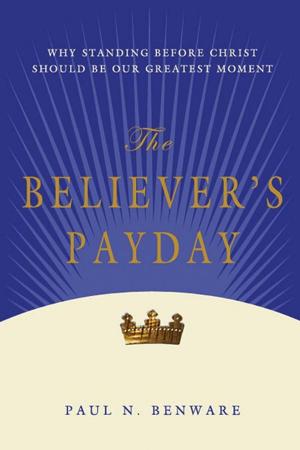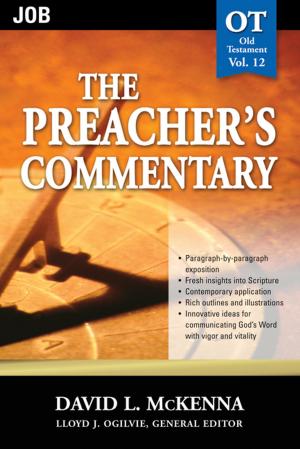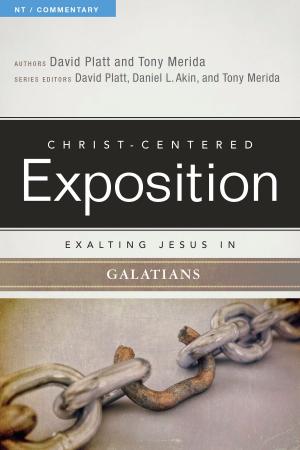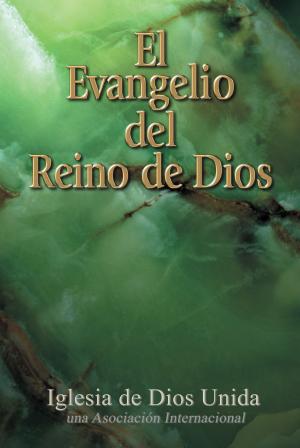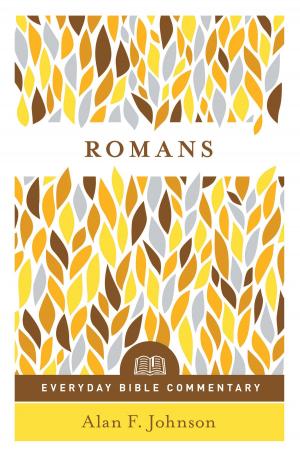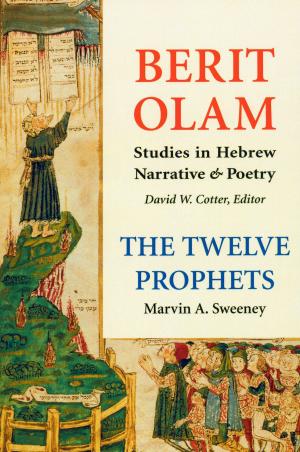Revelation Decoded
Secrets of the Bible's Most Enigmatic Book Revealed
Nonfiction, Religion & Spirituality, Bible & Bible Studies, New Testament, Commentaries| Author: | Barry Solomon | ISBN: | 1230002352558 |
| Publisher: | Better Price Quality Products, Inc | Publication: | June 1, 2018 |
| Imprint: | Language: | English |
| Author: | Barry Solomon |
| ISBN: | 1230002352558 |
| Publisher: | Better Price Quality Products, Inc |
| Publication: | June 1, 2018 |
| Imprint: | |
| Language: | English |
The Revelation of St. John is one of the many New Testament books that starts out in the first century being nothing more than a letter from a religious leader to a group of peope. Revelation is unique amongs all of the epistles in that John is sharing the experience of a vision with the members of a first century church. At this time in John's life, which would be in the early 90's A.D., he has been living at Ephesus, and probably deeply involved with the church at Ephesus, in a leadership partnering with Timothy, the first bishop of Ephesus. The second great Roman persecution of Christians begins during this time, and Emperor Domitian attempts to execute John by boiling him alive in oil. A funny thing happens - St. John doesn't die. In response to this miracle of John's survival, Domitian decides instead to exile John to Patmos, a small island in the Aegean Sea that the Empire uses as a forced labor camp. During this exile period, John write a letter to the seven churches of Asia Minor. Given the circumstances of extreme Roman persecution of Christians, most of the letter is in a coded symbolic form - possibly to confuse Roman censors. The symbolism in Revelation would have been clearly understood by an audience of Jewish background, which would have been the background of the first century church. This book dives into the details of Jewish mystical symbolism that would have been understood at the time by the early church.
The Revelation of St. John is one of the many New Testament books that starts out in the first century being nothing more than a letter from a religious leader to a group of peope. Revelation is unique amongs all of the epistles in that John is sharing the experience of a vision with the members of a first century church. At this time in John's life, which would be in the early 90's A.D., he has been living at Ephesus, and probably deeply involved with the church at Ephesus, in a leadership partnering with Timothy, the first bishop of Ephesus. The second great Roman persecution of Christians begins during this time, and Emperor Domitian attempts to execute John by boiling him alive in oil. A funny thing happens - St. John doesn't die. In response to this miracle of John's survival, Domitian decides instead to exile John to Patmos, a small island in the Aegean Sea that the Empire uses as a forced labor camp. During this exile period, John write a letter to the seven churches of Asia Minor. Given the circumstances of extreme Roman persecution of Christians, most of the letter is in a coded symbolic form - possibly to confuse Roman censors. The symbolism in Revelation would have been clearly understood by an audience of Jewish background, which would have been the background of the first century church. This book dives into the details of Jewish mystical symbolism that would have been understood at the time by the early church.

